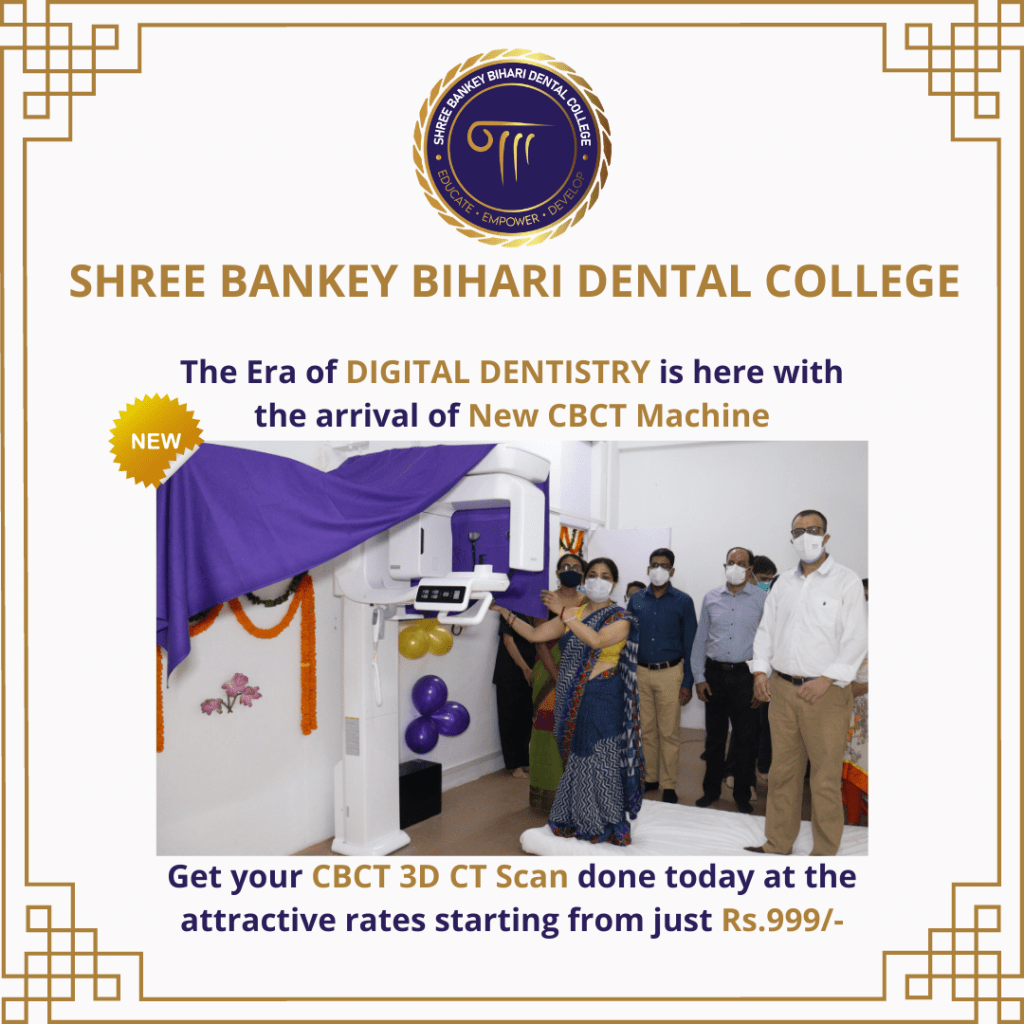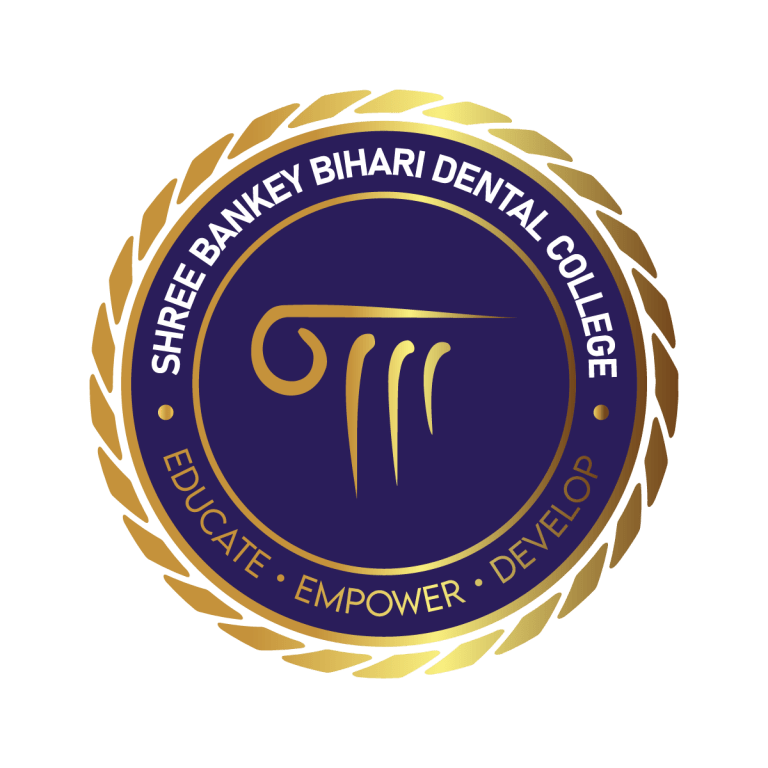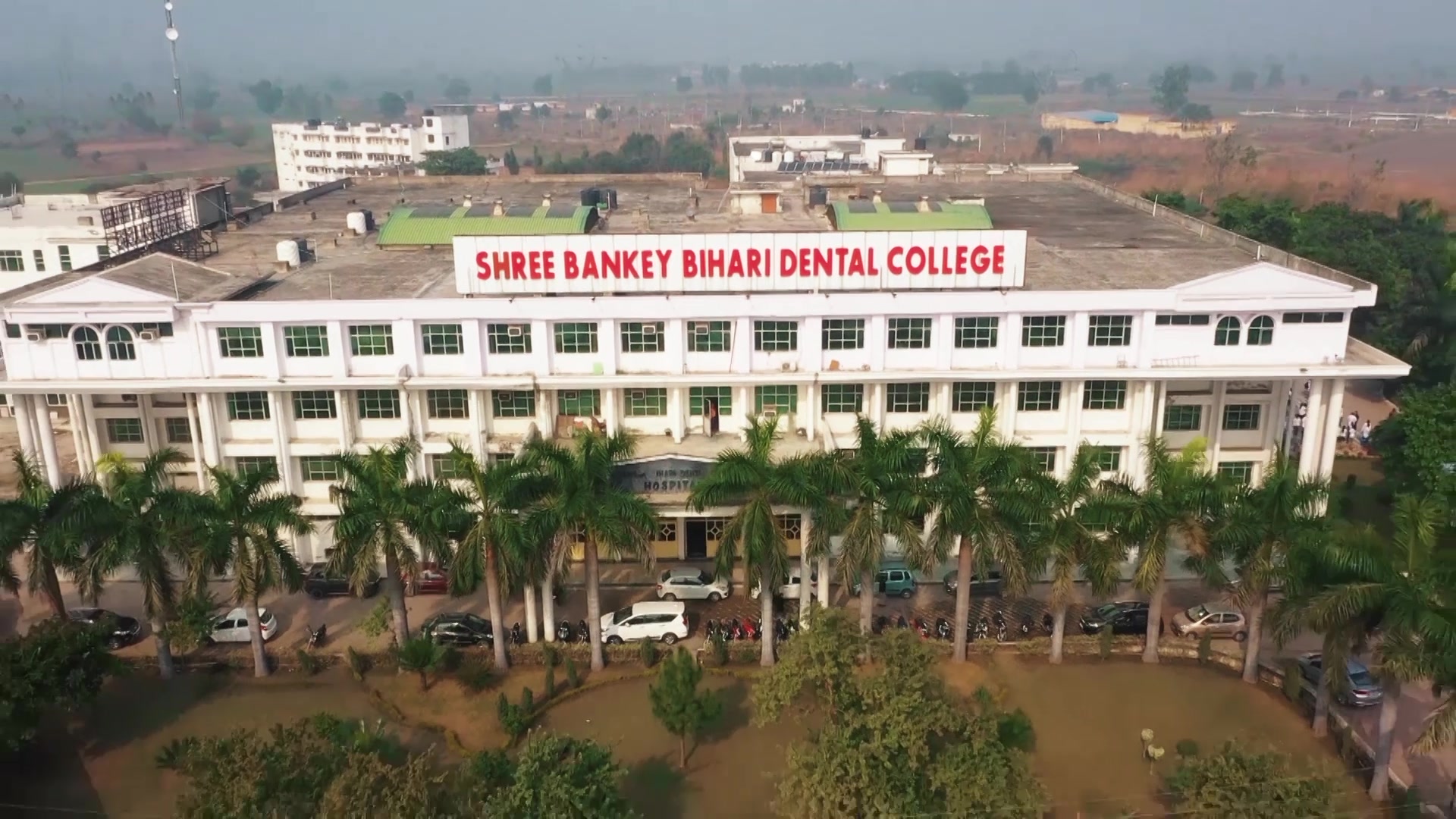
CBCT Machine
Shree Bankey Bihari Dental College & Research Centre introduces High tech CBCT Machines at the campus for all patients and students.
3D cone beam computed tomography (CBCT) is an imaging technology that allows dentists to examine the bone structure, as well as the routes of nerves and blood vessels in the bones, along with the surrounding soft tissues.
During a CBCT scan, the imaging machine rotates entirely around the patient’s head. In less than one minute, about 150-200 images are captured from a variety of angles and are then combined into one 3D image.
CBCT scans are quick and in most cases, a full mouth scan only takes about a minute. When having a CBCT scan, an x-ray arm slowly rotates around your head. To ensure your head remains still during the scan, we use face supports to gently hold your head in place. The scan is quick and comfortable.
CBCT MACHINE INSTALLATION
We recommend a CBCT scan because it can provide a detailed picture of your bones, nerves, and soft tissues.
A single CBCT scan can show potential dental issues such as tooth decay, bone loss, abnormal growths, facial fractures, periodontal infections, anatomic problems of the temporomandibular joint, and problems with the tooth roots or dental pulp. This allows us to find out a lot of important things for your treatment.
Like where can dental implants are placed, in the treatment planning phase itself? Just like we need an architect to plan our house before we start building one, successful dental treatment involves careful planning before starting the actual procedure.
CBCT scans allow your implant dentist to find bone thickness and the best approach before they even begin the procedure. CBCT also allows us to identify possible complications ahead of time so that we can take the necessary steps to avoid or minimise these complications. Overall, this means that your dental surgical procedure will be predictable and you are more likely to have a positive experience.
USES OF CBCT MACHINE
- Dental implant planning.
- Visualization of abnormal teeth.
- Evaluation of the jaws and face.
- Cleft palate assessment.
- Diagnosis of dental caries (cavities).
- Endodontic (root canal) diagnosis.
- Diagnosis of dental trauma.
- CBCT produces 3D images which are useful for diagnosis and assessment of disease severity, planning and delivery of treatment, and follow-up.



